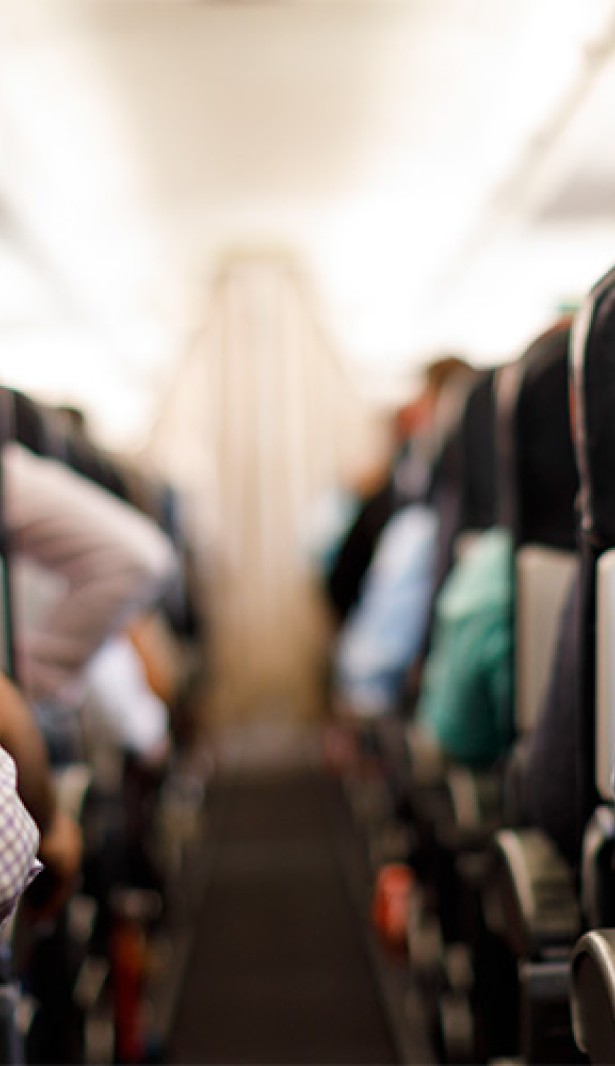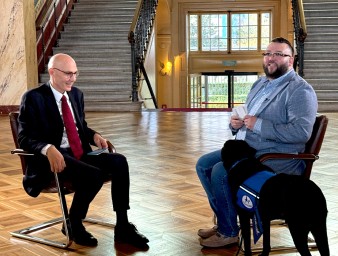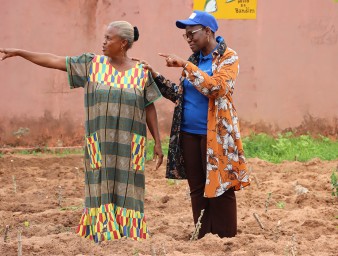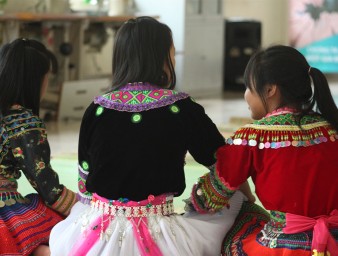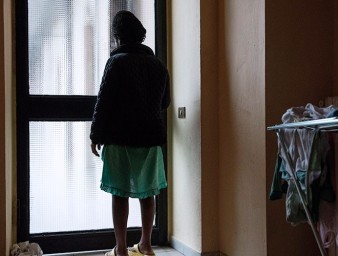Flying to freedom - new guidelines to cut aviation route for human trafficking
31 May 2018
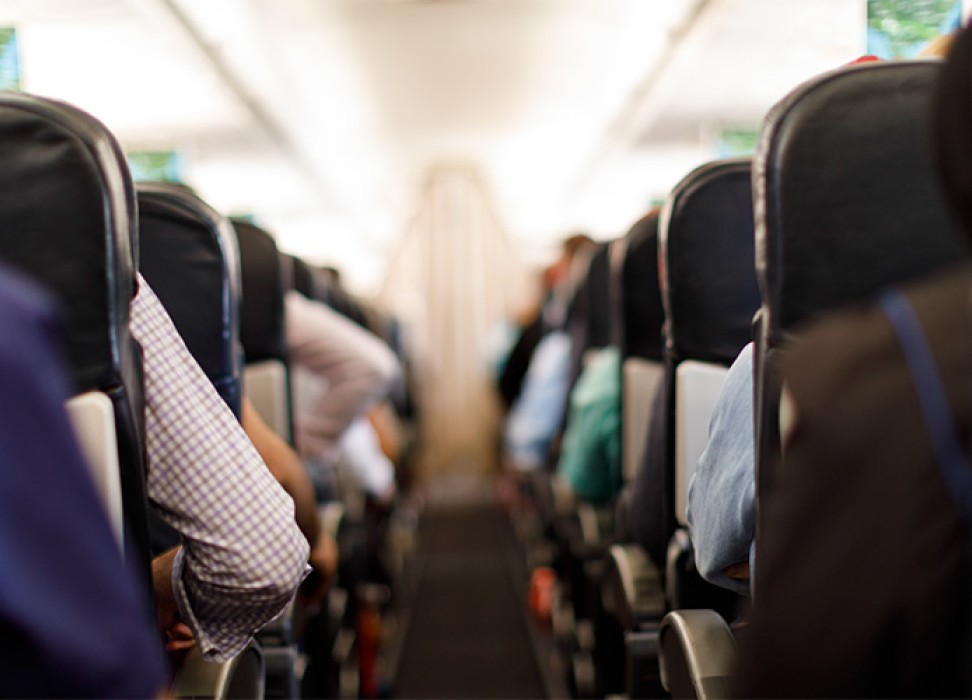
“I was a young mother of 22, a flight attendant and I became the victim of gang rape. I woke up with a man on top of me and there were other men standing along the wall waiting for their turn. I passed out and when I woke-up, I was alone in that room. I got up and I went home. I didn’t tell anybody because I was so ashamed,” said Donna Hubbard, a flight attendant and survivor of trafficking.
Hubbard recounted her story at the launch of new aviation guidelines to train airlines personnel to identify and report trafficking.
Since childhood, Donna Hubbard has had dreams of becoming a mother and a great flight attendant. On one of her flights, she met a professional basketball player who groomed her with gifts and took her to parties. It was at one of those parties that she was raped for the first time.
After the rape, Hubbard’s life became a series of abandonment, abuse, addiction, gang crime, exploitation, prostitution and violence.
When she moved to California with her family to try to break the cycle, she met another man, his wife and his sister-in-law, who lived in the same unsafe neighbourhood. They helped support her children however, she soon found out that her neighbour was a pimp.
“He told me I owed them for helping me. I was ashamed, afraid to tell [anyone]. No one had told me about human trafficking. I wanted to protect my children at all costs,” she said.
The pimp sold her to a gang for a bag of cocaine. When the gang started threatening her children, Hubbard decided to move again; but they soon caught up with her. That is when she decided to get herself arrested to go to prison, the only place, she felt, they could not get to her.
“I did my time until a counsellor saw me. I sat down with her and told her everything. The men were finally arrested and prosecuted.”
Hubbard now works as a Certified Human Trafficking Awareness Trainer with Airline Ambassadors International - an American NGO dedicated to helping children in different parts of the globe and victims of trafficking. She is also employed as a flight attendant for a US airline.
“I am so grateful that American Airlines saw me; not my record, not my circumstances, they saw me and they realised how important it is for people to recognize and report human trafficking on our airplanes because it can happen to anybody,” she said.
“It is such a blessing that I am given the opportunity to show that there is something on the other side.”
Human trafficking is considered the third most lucrative illegal activity on the planet, after the illegal sale of arms and drugs, and its clandestine nature makes it difficult to quantify with precision. In 2017, the International Labour Organization (ILO) estimated that some 40.3 million people worldwide were subjected to forced labour and modern slavery. Further, the UN Office on Drugs and Crime (UNODC) in its 2016 Global Report revealed that the majority of trafficking victims, 51%, were women.
The UN Human Rights office and the International Civil Aviation Organization (ICAO) have worked together to develop guidelines for airline operators to train cabin crews in identifying and reporting trafficked individuals.
According to ICAO, more than 10 million people fly everyday on-board some 100,000 flights; and on each flight are a potential trafficker and their victim.
“It’s in light of this abuse by traffickers that cabin crew members and other airline employees are seen as likely to encounter a situation of trafficking on board a flight,” said Dr. Fang Liu, Secretary General of ICAO. “This explains why it’s important that we provide them with the right tools and proper training to adequately identify and respond to human trafficking scenarios.”
“It is beholden upon the Civil Aviation Agencies to mandate airlines registered or operating in their airspace to provide trafficking mitigation training for their personnel, as detailed in these new guidelines,” she added.
Kate Gilmore, the UN Deputy High Commissioner for Human Rights, pointed out that regulations secure the safety and dignity of passengers, and that airline staff are already making a difference to survivors of human trafficking. It is staff potential, she added, that the new guidelines sought to unleash.
“Transport in the business model of trafficking is key. It is our business to disrupt that model,” she said.
“The potential of the airline industry, given its people orientation and face to face contact, is an untapped resource as people are in flight from fear, caught too often in a flight that is even more fearful, but who deserve and are entitled to make their flight to freedom,” Gilmore added.
